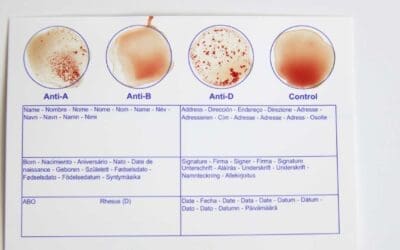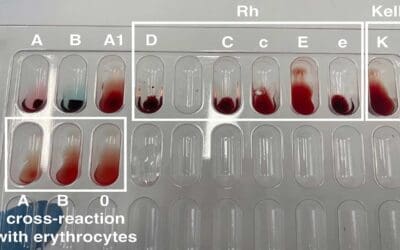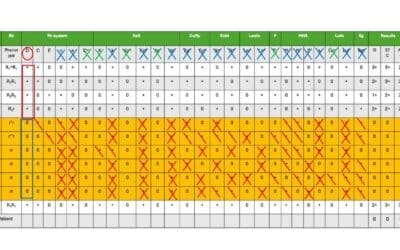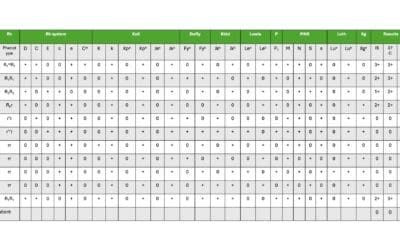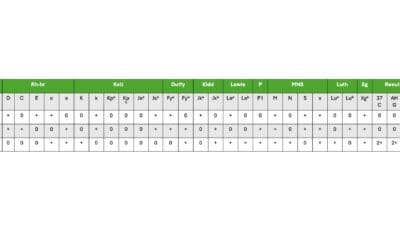Master the pathophysiology and clinical management of acute and delayed transfusion reactions (AHTR, TRALI, TACO & others).
Transfusion-Associated Circulatory Overload or TACO
Expert clinical guide on TACO: pathophysiology, risk factors, diagnosis, and management protocols.
Transfusion-Related Acute Lung Injury or TRALI
TRALI: Acute, non-cardiogenic pulmonary edema within 6 hours of transfusion. Caused by donor antibodies or stored lipids activating recipient neutrophils.

Transfusion Reactions
Master the pathophysiology and clinical management of acute and delayed transfusion reactions (AHTR, TRALI, TACO & others).
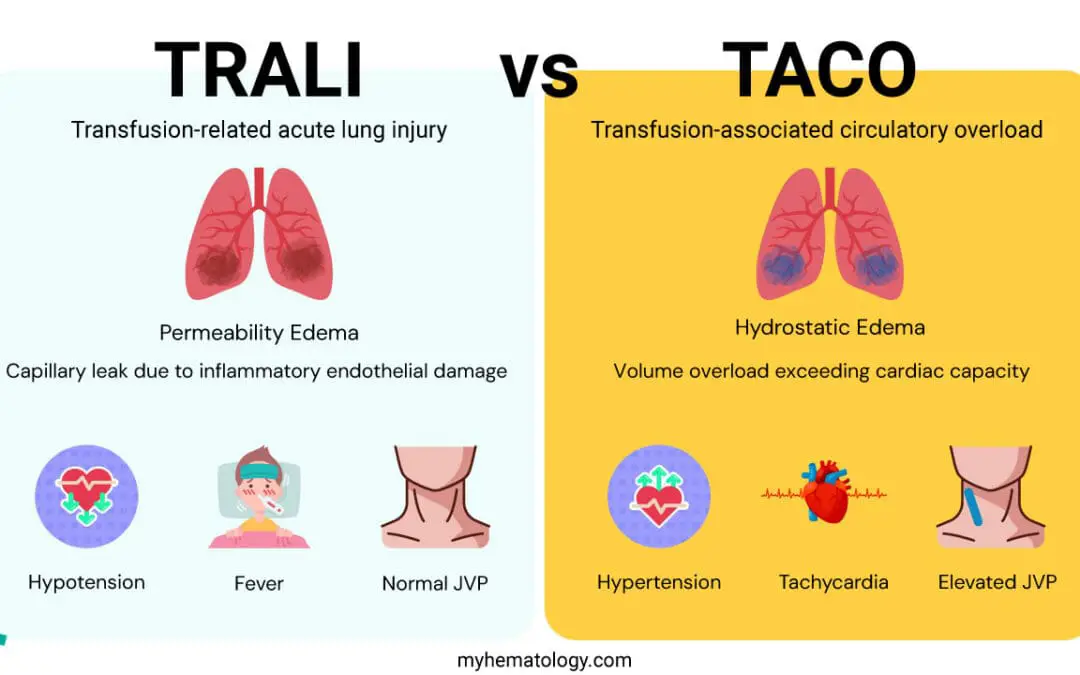
Transfusion-Associated Circulatory Overload or TACO
Expert clinical guide on TACO: pathophysiology, risk factors, diagnosis, and management protocols.
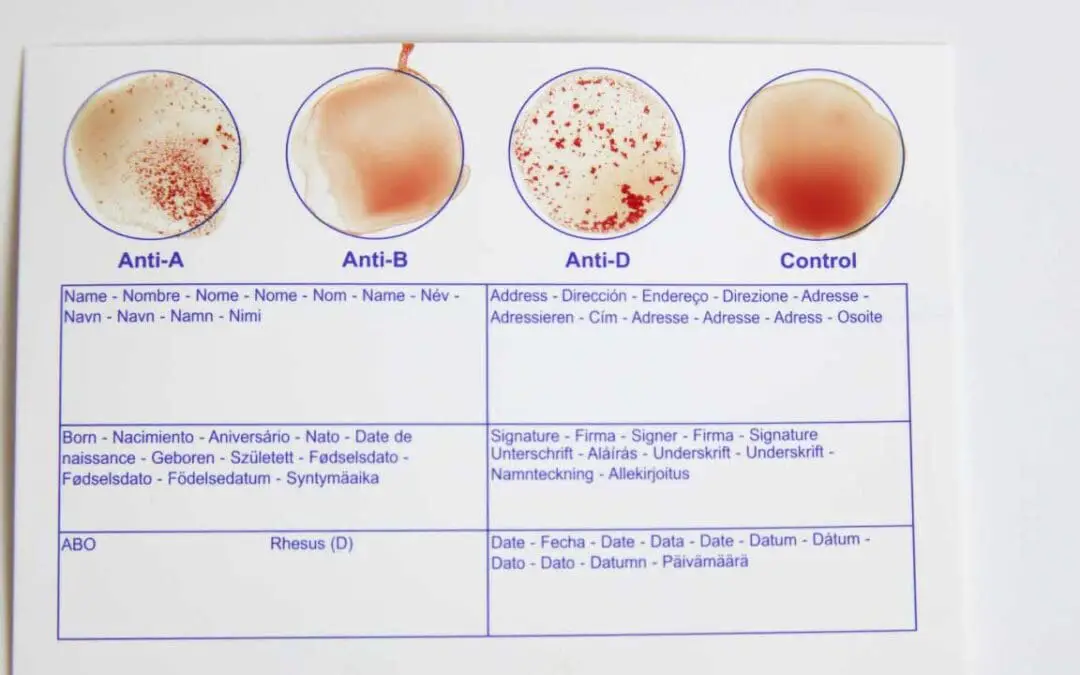
Blood Typing: Exploring Blood Type Tests and Beyond
Unlock your blood type! Simple tests reveal vital health info. Discover ABO & Rh factors with at-home kits or lab visits. Know your type today.
Delayed Hemolytic Transfusion Reaction
A transfusion reaction 2-14 days after a blood transfusion, causing gradual anemia from the destruction of red blood cells.
Blood Typing: Exploring Blood Type Tests and Beyond
Unlock your blood type! Simple tests reveal vital health info. Discover ABO & Rh factors with at-home kits or lab visits. Know your type today.
Rh Blood Group System
TL;DR The Rh blood...
Interpretation of Antibody Identification Antigram
Antigen identification antigrams decode antibody reactions in blood transfusions, ensuring safe blood selection by identifying compatible red blood cells that lack the antigen targeted by the recipient’s antibody.
Antibody Identification
Incubate patient serum with panel RBCs, check for agglutination! Enzymes & antiglobulin tests may be used to reveal hidden antibody reactions.
Antibody Screening
Antibody screening mixes patient plasma with red blood cells to detect unexpected antibodies. Agglutination indicates possible antibodies, requiring further identification for safe blood transfusions


